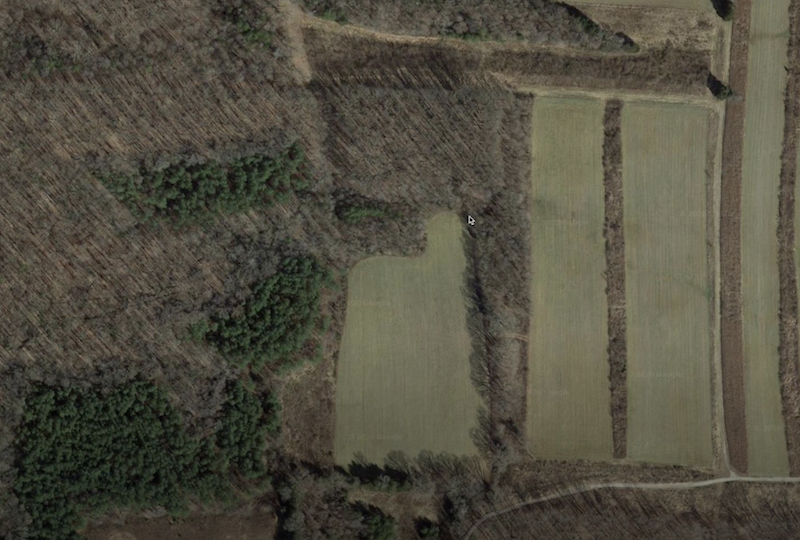White-tailed deer prefer diverse habitats, especially sites where different habitat types come together, which is called an “edge.” Any habitat change can create edges, but an obvious example is where a woods meets a field.
If you visit a soybean field in late summer you’ll see the field edge has lots of deer sign, and bean plants along the edge have been eaten by browsing whitetails. Deer sign in the middle of such fields will be more spread out and not as obvious. Deer prefer to feed along field edges because the security of the woods is one quick bound away. If bowhunting that field, your best bet will likely be to set up on the field edge with the wind in your favor.
Don’t overlook “internal” and other subtle edges, such as the transition from mature hardwoods to recently cut, regrowing hardwoods. Mature forests have more open understories, and if oaks are present, they’re good acorn sources for deer. Regrowing cuts and clearcuts generally grow dense brush and thickets, which provide cover and food for deer. These transition lines often create a natural corridor where deer browse a variety of food from secure cover.
Edges can be any change in habitat, including sites where marshes merge into hillsides, or bottomland cedars transition into upland hardwoods. Pay attention to even the smallest changes in elevation or topography, like where the woods transition from mostly poplars to mostly oaks.

Look for changes in the landscape on your satellite imagery to locate an edge. Photo Credit: ATA
How do you find edges? Start by studying satellite images to find edge habitat. Look for changes in color and texture, such as where dark greens meet light green areas. That might indicate an edge created by pines merging with hardwoods. You’ll also notice that dense conifers and open hardwoods have a different texture.
At some point you must walk potential hunting areas to assess deer activity, but try to do so the winter or spring before. Once bow season nears, excessive scouting can disturb deer and possibly disrupt their patterns. Scouting is vital, however, because satellite images are often older, and don’t show habitat changes. Also, recent fires or logging activity can create edges that bowhunters should never ignore.
Watch the above video for more information on scouting edges, and subscribe to the Bowhunting 360 YouTube for how-to videos.